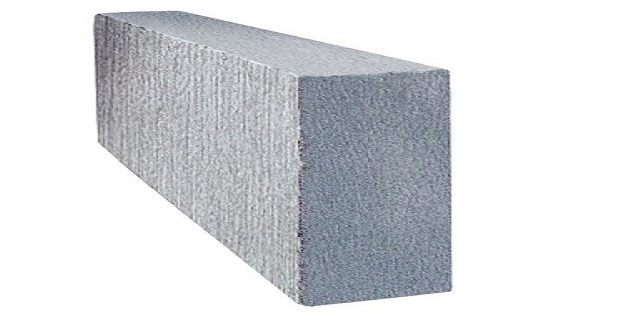INTRODUCTION
Conventional brick masonry walls are a popular and economical way to enclose modern buildings. However, over the past
decade an increasing number of masonry veneer problems have come to plague building designers and owners around the
world. To overcome some of the problems associated with traditional construction, new concepts of construction methods and
materials have been explored. The innovative construction system developed by Strongwall combines the advantages of both
the construction method and a new lightweight material to enable speedy and economical construction.
The new system could be used for both internal and external load bearing as well as non-load bearing walls. Besides its
adaptability and economy, the construction system has been designed for durable residential houses in regional and remote
outback areas where construction resources are in scarcity, for use in cyclone regions where strength and durability are
essential, for external cladding in multi-storey residential & commercial buildings etc.
Polymer concrete has been selected on the basis that its relative strength is higher than conventional concrete, and it has the
ability to cure at a faster rate. Further, if appropriate materials are chosen then a high strength to weight ratio could be
achieved. In recent times, construction materials with ecological characteristics have generated great interest. From this point
of view, polymer concrete is very attractive as it can be manufactured using recycled and/or industrial waste materials.
Three types of concrete polymer composites are popular throughout the world primarily due to their high strengths and
durability. The materials are:
· Polymer impregnated concrete (PIC) which consists of a precast Portland cement concrete impregnated with a
monomer system that is subsequently polymerised in-situ.
· Polymer cement concrete (PCC) with polymeric admixtures to green concrete in the form of latexes or plasticisers.
· Polymer concrete (PC) which consists of an aggregate mixed with a monomer or resin that is subsequently
polymerised in place.
All these have strength and durability properties that are considerably better than that of Portland cement concrete. Also, the
behaviour of concrete polymer composites is substantially different to that of normal cement concrete since the former uses a
viscoelastic resin binder while the later uses an organic cement binder.
9DBMC-2002 Paper 101 Page 2
The characteristics of polymer composites depend upon various factors such as the type and amount of binder, the amount, size
and type of aggregates and fillers etc. The ability to fill the voids between solid particles by fine fillers and to disperse in the
mixture is considered to be vital to achieve high strength and stiffness.
At present, the Division of Building, Construction & Engineering of CSIRO is engaged in a sponsored research project. The
primary aims of the research are to identify and develop a suitable material (or an array of materials) for the construction of the
system and assess its (their) characteristics. While developing the materials reported in this paper, a large number of
exploratory tests were conducted using various types of industrial wastes. However, due to lack of space, only characteristic
properties of two types of polymer concrete are reported in this paper. Also, the durability performances under simulated
aggressive forces of nature are included.

